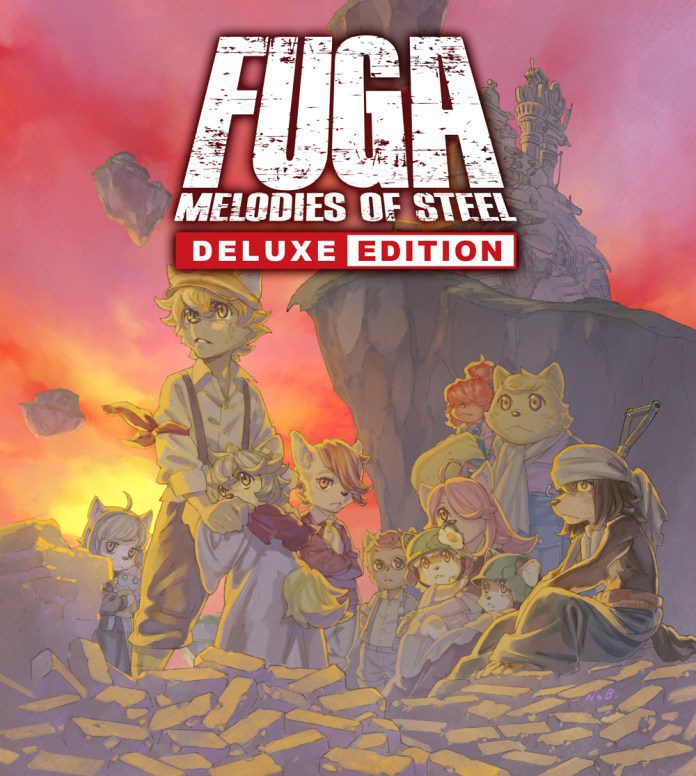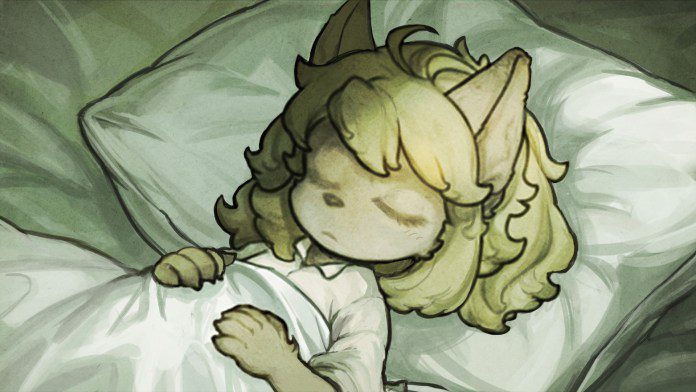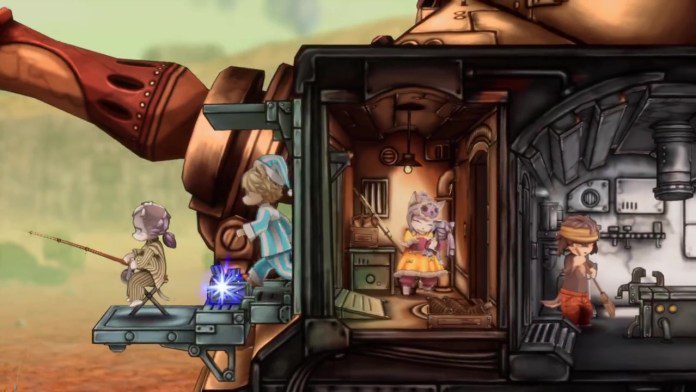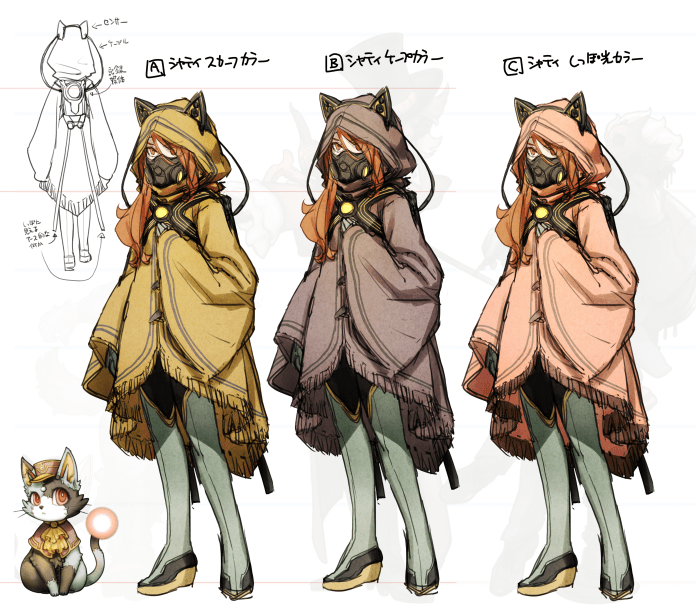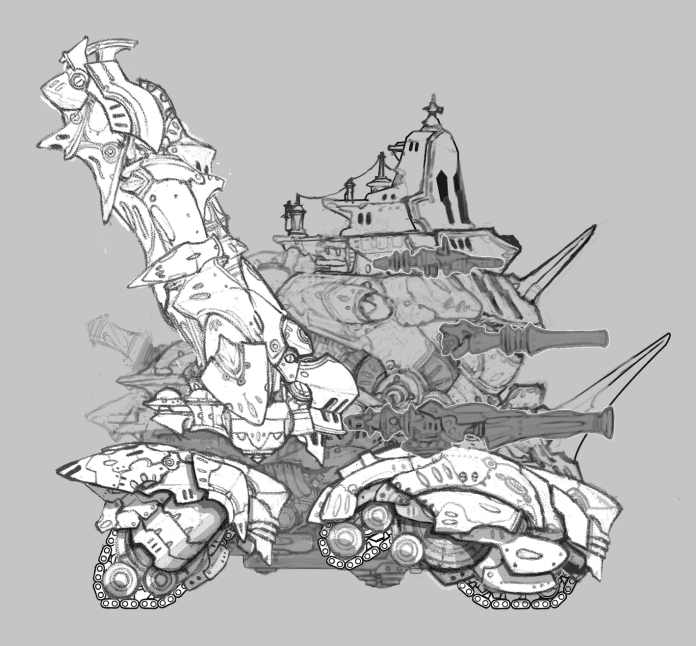CyberConnect2 is a Japanese game development company based in Fukuoka and has been developing games since the PlayStation 1 era. Some of their past titles include many licensed anime adventure and fighting games such as the Naruto: Ultimate Ninja series, Jojo’s Bizarre Adventure All-Star Battle, Dragon Ball Z: Kakarot, Demon Slayer -Kimetsu no Yaiba- The Hinokami Chronicles, and more.
With 29 years of experience underneath its belt, the company not only has a slew of IP-related titles but has since extended its only self-published trilogy series, Fuga: Melodies of Steel. CC2 Executive Vice President Taichiro Miyazaki and Global Section HR and translator Mimmy Shen sat down with Anime Trending to discuss the final entry of the series, Fuga: Melodies of Steel 3, and give insight into the game development process for original and licensed titles.
The interview has been edited for clarity and flow.


Thank you for taking the time to speak with us! You mentioned in the introductions that Cyberconnect2 is known for developing many games for anime series such as Demon Slayer and Naruto. What was the history behind CC2 and how did CC2 get into developing licensed titles?
Taichirio Miyazaki: So actually, before we started working on licensed products, we were working on original games first, and Fuga: Melodies of Steel showcases a lot of the same concepts that we started with. [There are two species in the game] called “Felineko” and “Caninu.” In Japanese, we call them “nekohito” and “inuhito” and they are anthropomorphized animals, or “kemono,” which also show up in our first-ever game developed for PlayStation 1.
Afterward, when PlayStation 2 came out, we worked on the .hack series, which you might be familiar with. That was published through Bandai Namco, and there’s a manga version, anime, movies, and books based on that game. It was pretty rare back then to see such a mix of media being used for one title.
That was right when Naruto was starting to be serialized in Weekly Shonen Jump — you might remember that generation, but we proposed making an action game based on Naruto. We threw our proposal to Bandai Namco, and we asked them to please get the gaming rights for it so that we could develop the game, and that’s how we got into the IP stuff.
So at what point in the production of Naruto were those gaming rights secured?
Miyazaki: We got the gaming rights after the anime production had started, just because game development relies a lot on having an anime that has already been out publicly — it just helps to get the story concretely down. As a result, the anime was already pretty far into development before the game started.
Most games get their gaming rights after an anime has already come out because otherwise there are a lot of issues with trying to make a game straight from the manga, one of them being the decision of voice actors. Once an anime is decided, voice actors are hired, and that makes it a lot easier to get into the game development. So for Naruto, the anime was already in process.
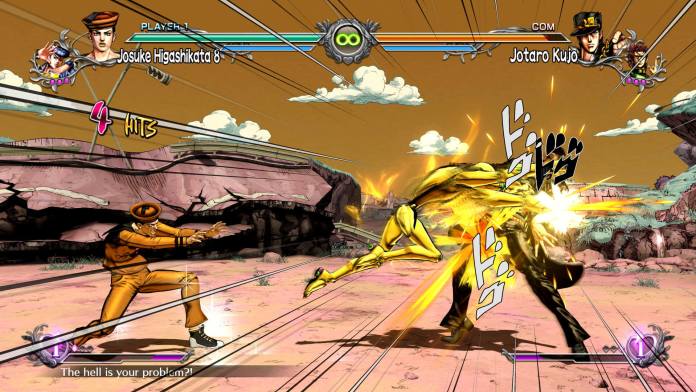

What was the story behind Cyberconnect2 developing the Jojo’s Bizarre Adventure fighting game series such as All-Star Battle since there were different voice actors in that game long before those parts were adapted in animation?
Miyazaki: We released Jojo’s Bizarre Adventure: All-Star Battle back in 2013, so this was before the anime came out. However, we did a remake of it last year and re-hired the anime voice actors to have some consistency.
In the West, this lets you experience the characters from later manga parts like Steel Ball Run, because you can’t even legally get any of Part 7 and beyond for Jojo’s, despite it being such a long-running series. I find it fascinating to understand the challenges you have in working with just the long-running series to condense it down into the core gameplay that tries to please many fans with their favorites across the whole series.
Miyazaki: Jojo’s is a unique case and after All-Star Battle, there’s another game developed by us called Eyes of Heaven. We got the rights for that story straight from the manga artist, Hirohiko Araki-sensei. He created the scenario for the game, which you don’t really see in the industry at all. Probably because of that, Eyes of Heaven is still selling year after year, [even though it came out quite a while ago].
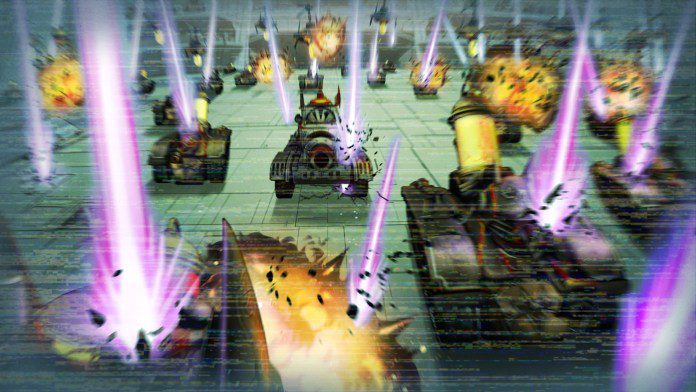

I’d like to talk more about Fuga: Melodies of Steel. What was behind the decision for CyberConnect2 to start self-publishing?
Miyazaki: It was not easy to do this because we’re creators at our core. CC2 is not a marketing company or really part of that industry, and we’re not a big company either. 300 people is not huge in the gaming industry, so we couldn’t really afford the production and inventory risk to self-publish games for a long time. But in recent years, it has become possible to digitally sell games online without physical copies, and that lowers the risk of production and inventory and things like that. As a result, it’s become possible for us to finally consider self-publishing.
One of the trends we’re starting to see is that more publishers in Japan have been going through self-publishing. There was a story about the studio Too Kyo Games headed by Kazutaka Kodaka, which started splitting away from publisher Spike Chunsoft to self-publish more of their games. That was surprising since series such as Danganronpa are always linked so much with both Kodaka and Spike Chunsoft. But now Too Kyo Games is betting a lot — basically the future of the whole company is staked on the next project. How do you see the overall industry reacting with more and more companies moving to self-publish?
Miyazaki: To answer your first question, a lot of the game industry is sort of trending towards self-publishing because of the aforementioned lower risk of inventory and merchandising, things like that. So, a lot of companies are starting to ride that wave. Also, there’s a huge indie trend in gaming right now — a lot of indie games are making a big splash — and CC2 is getting into self-publishing like them. However, we didn’t risk our whole company’s name on this game. Our goal is to try to be number one in a pretty niche kemono market. The other thing is that the game itself might not be huge — it might not have a lot of volume or content, but we are trying to put out things that are extremely high in quality with Fuga.
Internally, the reason we have original titles like Fuga is to train new game creators that are coming into the company because when you work on big IP projects like Naruto or Demon Slayer, it can take between two to five years to make the game. And at maximum, you have 100-200 people on the team working on it. If you’re a newbie creator in the company, and you’re going to be one of the many people working on the game, it means you only get to handle a tiny portion of it. That’s not good, because then you don’t see how game development works as a whole. Whereas for original titles like Fuga, we work in teams of 20 to 30 people, and the development takes under 2 years to complete. Even as a new creator, you get to see the whole spectrum of how game development works, so it’s really good for giving our new game creators a taste of the industry.
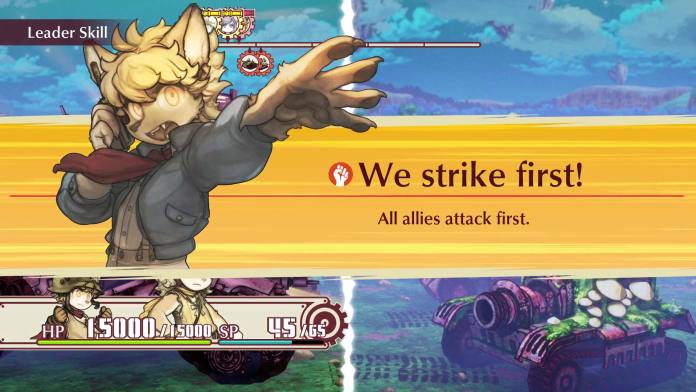

That’s awesome. What are the unique aspects you like about Fuga? What are the overall game mechanics that the players are going to take out of this game?
Miyazaki: The story is actually the part that we are really invested in and it’s really important to us. There is this Japanese word that is very difficult to translate, but it’s called “Kerenmi” (外連味), which means “something that makes it stand out from others, or what makes it unique or impressionable to the users who use it.”
In Fuga, there are a lot of strong enemies that show up in the game and the protagonists are just children — there are 12 children aboard a tank at the beginning. To defeat the enemies, you have the choice to give up one of the children’s lives to use this extremely powerful weapon that requires an actual sacrifice.
When we presented this proposal across different consoles and platforms, there were a lot of opinions at first about whether or not this was kosher. But we feel like the users who have experienced the game find that to have a lasting impression on them because not only do you have to maybe sacrifice children, but you have to actively choose who you want to sacrifice. As a result, it becomes more emotionally and morally difficult for the player [as the game goes on]. The forced decision [component] has led to some very exciting gameplay and buzz online, even from people streaming it.
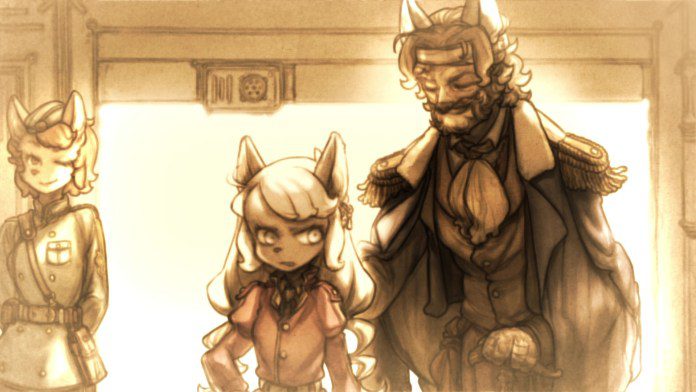

Was there any influence from that series that came into developing the story behind Fuga?
Miyazaki: There were no real influences for the game. We were really focused on making Fuga into a game where the players would be forced to make a difficult decision.
Before Anime Expo, we were actually at a convention in Pittsburgh called Anthrocon, and we did a panel that was focused on Fuga — there were maybe 150 people in the audience, but a hundred or more of them had played the game. We started talking about the previous two games — Fuga: Melodies of Steel and its sequel, Fuga: Melodies of Steel 2 — before talking about the final installment Fuga: Melodies of Steel 3.
In the very first tutorial that you play in Fuga: Melodies of Steel, you are forced to make a choice and a sacrifice. It’s a very devilish game system where you have to make a difficult decision right from the get-go, but it allows the players to choose their own story and to think really hard about “Well, who do I want to sacrifice? Who do I have to sacrifice under these difficult conditions? Who do I choose?” It caused a lot of discussion among the players at the convention about their decisions and why they made those decisions, and it opened up general conversation too.
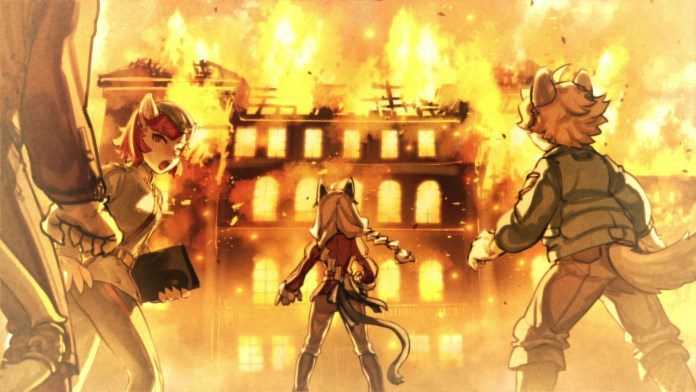

Plus, it weighs on their conscience because the player feels like they are in control of that decision, even though that is intentionally done by game design. You trick the player into thinking that and open up the conversation of, “Who killed who?”
Miyazaki: That is exactly the kind of emotions we wanted our players to have to face when playing this game!
Awesome! Do you have any closing thoughts on Fuga?
Miyazaki: Fuga is a trilogy, and the final game in the arc is currently in process. It’s going to be super jam-packed with much more content — it will be a more voluminous game than before as we head towards the conclusion of the series. There’ll be more information coming out in the fall of this year, so we hope everyone will look forward to it!
Special thanks to Cyberconnect2 for this interview. Fuga: Melodies of Steel and Fuga: Melodies of Steel 2 are available on all major platforms including Steam, PlayStation, Nintendo Switch, and XBOX.
Want to read more interviews like this? Subscribe to our newsletter to receive more content in your inbox!
